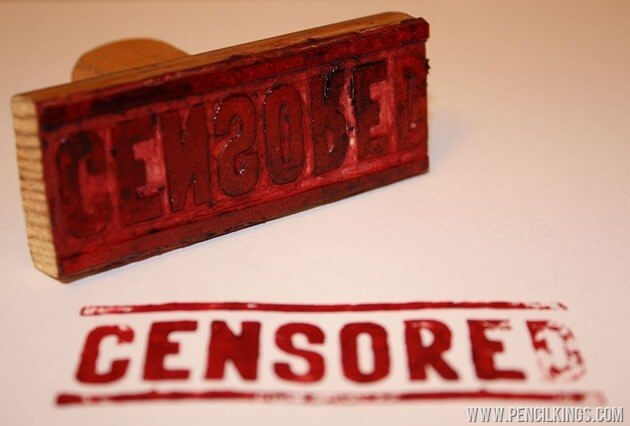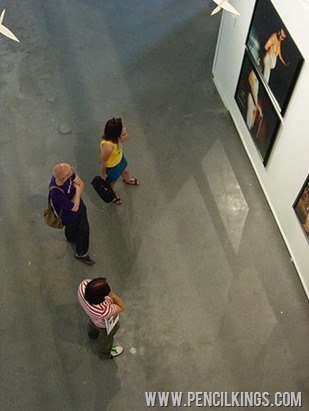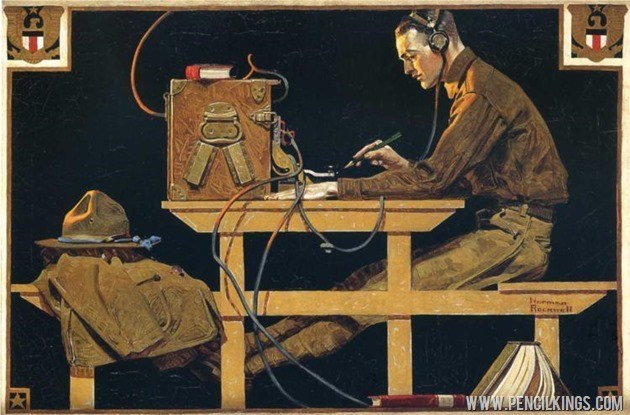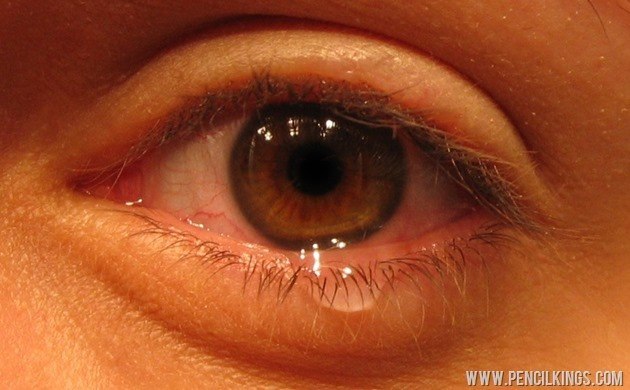
Can censorship in art cramp your creativity?
Artists are often caught in a difficult dilemma. The urge for self-expression is strong, but there’s also the thorny issue of trying to make a living from what you feel is your calling. Not having your work accepted is one thing, but what happens when people are actually offended by it? History is full of notable cases of censorship in art, but how can you avoid negative feedback and still keep making the work you love?
Here are 5 examples of where artists have fallen foul of censorship and what you as an artist can do to avoid similar pitfalls.
1. Social Media and Censorship
Cuban artist and creative director, Erik Ravelo, is no stranger to controversy, having created the famous Benetton Unhate campaign featuring world leaders getting somewhat amorous with each other. In 2013, however, his work fell foul of an unlikely censor, in the shape of the world’s largest social media network, Facebook.
Erik’s project, Los Intocables (The Untouchables), was intended to demonstrate how children across the world face a wide number of contemporary evils, from the threat of nuclear war and gun-trafficking through to obesity brought on by fast food.
His images, featuring children in crucifix-style poses, were deemed too much for the popular social media channel, which promptly halted his 18,000 Likes and prevented him from uploading any more images.
What can you learn from this as an artist? Many creative types use social media as a useful way of promoting their work and engaging with other artists and potential buyers. However, when showing your work online, be mindful of how the content of your work can be misconstrued – regardless of the intentions behind it.
Given the questionable messages of many approved Facebook updates and pages, this may seem deeply ironic to you. However, before uploading that powerful, provocative piece you’ve been working on for the past few months, be aware of how others might perceive it. Erik Ravelo is a world-renowned name who produces work for huge, multinational companies. He can afford to absorb such controversy. You, on the other hand, are an emerging new artist trying to get yourself noticed. And censorship in art is something you’ll probably want to avoid!
 2. Choose Your Audience Carefully
2. Choose Your Audience Carefully
In a historic UK town, there is a small commercial art gallery which sells attractive watercolors painted by local artists along with contemporary prints from names such as Tracey Emin and Damien Hirst.
Its owner, an experienced art dealer with a keen eye for current trends and a deep respect for traditional and modern art, likes to stock work that caters to all tastes.
However, he found himself unwittingly at the center of a storm when he decided to feature work by Alison Lapper, an English artist who was born without arms and legs – a condition known as Phocomelia.
Her work, which consists mainly of photographic and painted self-portraits, has attracted huge acclaim worldwide for its honesty and ground-breaking imagery.
A naked sculpture called Alison Lapper Pregnant by Marc Quinn, was on display in London’s Trafalgar Square until 2007 and a replica of this was featured in the 2012 Summer Paralympics opening ceremony.
In choosing to display a range of Alison’s prints in the front window of his gallery, the art dealer didn’t anticipate any issues. After all, if her work had been on public display in the UK’s capital city, there was no reason why it couldn’t be shown in this historic town, right?
Wrong. Shortly after putting the work on display, the gallery owner was besieged with complaints from local residents’ committees threatening to involve the police if he didn’t remove these so-called ‘pornographic’ images from his window. In the end, he had no choice but to bow down to public pressure. A lesson learned, indeed.
What can you take away from this? Just be mindful of the fact that what’s considered acceptable in a huge, cosmopolitan city might be too much for the residents of a small historic town. In other words, choose your audience carefully – you just never know how some audiences are going to react to something that’s not batted an eyelid elsewhere.
3. Don’t Let Self-censorship Stop You In Your Tracks
With all this talk of censorship in art, you could be forgiven for thinking that self-expression is simply too risky for an emerging artist. After all, it’s all too easy to let worrying about what others will think get in the way of your creativity. However, it’s worth reminding yourself that art is a journey taking many different turns.
The themes of an early body of work may develop into something different in the next. In other words, you may naturally find that some of your work is easy for others to accept and understand, while some of it may be a little more challenging. How you choose to present this is up to you, so it’s important to keep creating your work uninhibited but mindful of what will (or won’t be) easily grasped by others.
The US Army Trades, by Norman Rockwell
4. Commercial Art and Creative Input
When you’re starting out, it can sometimes take a while before you decide which direction you want to go in. Do you see yourself as an artist who feels compelled to express themselves in every piece they create, or are you more drawn towards commercial art – ie. Producing work according to a brief and injecting it with your personal touch?
As you’ll no doubt be aware, the debate between what is – and what isn’t – art continues to rage. Although it’s not censorship, having your work ignored or not taken seriously can still take its toll on an artist.
It’s interesting to note how the work of hugely successful commercial artist, Norman Rockwell (1894-1978), was dismissed by many art critics at the time for being ‘banal’ and ‘kitsch’, yet is now accepted as having played a major role in popular culture and social attitudes. In effect, Rockwell was effectively ‘censored’ by the art establishment for most of his career. However, as the subject matter of his work changed to reflect more serious issues, so did the opinion of art critics. In the words of New Yorker art critic, Peter Schjeldahl: “Rockwell is terrific. It’s become too tedious to pretend he isn’t.”
What’s the lesson here for you? As an artist starting out, it’s important not to be too precious about whether you’re really ‘making art’ or not. Some of the most famous works of art have been produced under commission (just think of the Sistine Chapel ceiling by Michelangelo, for example), so there’s no big deal about producing art to order – especially if the money earned from doing this enables you to continue with your more self-expressive work.
Some artists even recommend taking poorly-paid commissions to begin with because they’ll allow you to build up your portfolio and make valuable contacts which could lead on to bigger and better things. And, hey, it sure beats serving up expensive coffees in a shopping mall outlet!
5. Learning Not To Take Censorship Personally
Becoming an artist means you can sometimes enjoy acclaim and support (especially from online and artist communities), but it comes with a flipside – often widespread disinterest or, at worst, censorship or dismissal of your work.
It’s important not to take anything too personally. Don’t let all the props from your online followers go to your head, but don’t worry too much when you get slated, either. Rejection and censorship in art can often make you even more creative as you pick yourself up, dust yourself down and carry on doing what you do best – making art!

 2. Choose Your Audience Carefully
2. Choose Your Audience Carefully
